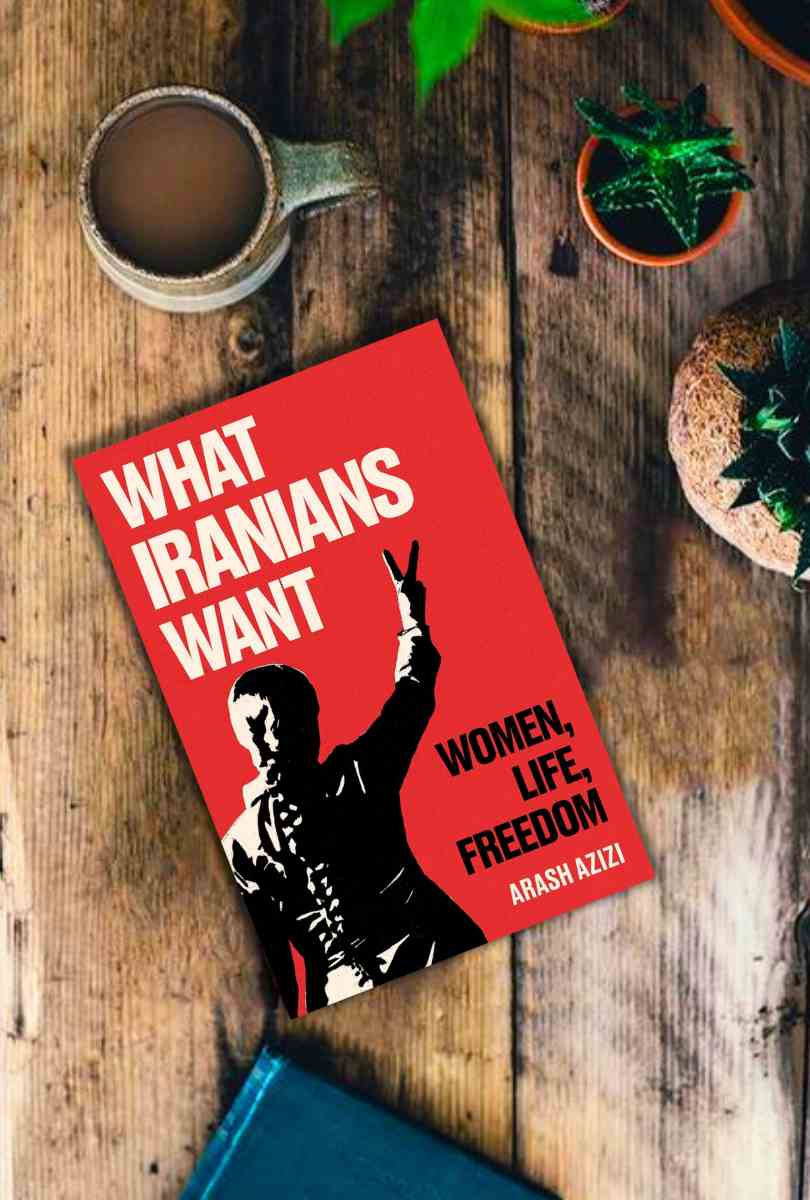SUBJECT: 4.5/5 WRITING: 4/5 OVERALL: 4/5
Feeling a craving for a deep dive into geo-political or socio-political topics, I found myself leisurely browsing through the Storytel audiobook catalog on my phone. That’s when I stumbled upon Arash Azizi’s “What Iranians Want: Women, Life, Freedom”. Memories of the 2022 Iranian protests, sparked by the tragic death of young Iranian woman Mahsa Amini, flickered in my mind.
Despite my initial interest, I never quite got around to exploring the subject further. But now, presented with this opportunity, I felt compelled to seize it. So, without hesitation, I decided to pick up the audiobook and embark on what promised to be an enlightening journey.
What is the book all about?
“What Iranians Want: Women, Life, Freedom” isn’t just a book—it’s a captivating narrative of the ever-growing Iranian revolution. It delves deep into the heart of Iranian discontent, exploring why its people are not just dissatisfied, but actively fighting for change. For Iranians, enough is enough, and the book illustrates their collective yearning for change.
As I immersed myself in its pages, I found the historical context provided particularly illuminating. From the seismic shifts of the 1970s to the ripple effects that followed, every event mentioned in the book sheds light on Iran’s evolving socio-political landscape. The pivotal 2022 movement, which initially sparked with women taking to the streets, soon grew into a wider uprising. Workers went on mass strikes, while business owners shut their shops in a unified act of defiance.
How it all began?
In September of 2002, the crowded streets of Tehran bore witness to a tragedy that would shake the nation to its core. Mahsa Amini, a vibrant 22-year-old, excitedly planned a day of birthday shopping in the heart of the city. Little did she know, her journey would take a sad turn.
As she stepped out of the subway, the religious morality police, known as the Guidance Patrol, descended upon her. They declared her hijab improper and arrested her. Days later, Mahsa Amini lay dead, a victim of senseless police brutality.
The news of her death spread like wildfire, igniting a spark among women across the nation. In an act of defiance against oppression, thousands took to the streets, burning their headscarves and demanding their full human rights. Mahsa’s tragic demise became the catalyst for a movement that would reverberate far beyond the streets of Tehran, echoing the cry for justice and freedom.
More about the book
Arash Azizi’s narrative takes us on a journey through Iran’s tumultuous history, tracing the roots of discontent back to the era of Mohammad Reza Pahlavi. With meticulous detail, Azizi showcases the issues that propelled Ayatollah Khomeini to popularity, ultimately leading to his ascension in 1979 riding on a wave of popular support.
However, the honeymoon with the new regime was short-lived. Khomeini’s administration quickly betrayed the very ideals it promised to champion, particularly in the case of its regressive policies targeting women. The book chronicles this downfall into oppression, highlighting the systematic erosion of women’s rights.
Yet, amidst the darkness, there still remains a glimmer of hope. Azizi’s narrative weaves together the threads of resistance, shedding light not only on the women’s movements of the past four decades but also on the broader socio-political landscape of the country. From labour rights to ethnic and religious discrimination of Sunnis, Baháʼís, and Balochs, from environmental degradation to economic inequality, the book talks about the many challenges facing Iranian society.
While not exhaustive in its coverage, it serves as a compelling introduction to its subject matter. It offers a nuanced exploration of specific incidents while providing context for understanding the broader dynamics at play.
In essence, “What Iranians Want: Women, Life, Freedom” is more than just a book—it’s a gateway to understanding the hopes, dreams, and struggles of a nation longing for change. Through its pages, readers are invited to embark on a journey of discovery, gaining invaluable insights into the collective aspirations of the Iranian people.
Can’t wait to read it? Buy your copy right away!
